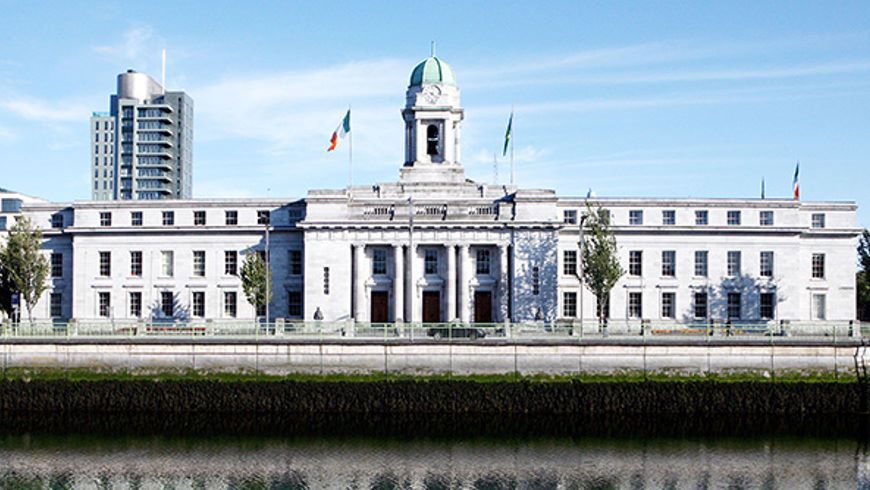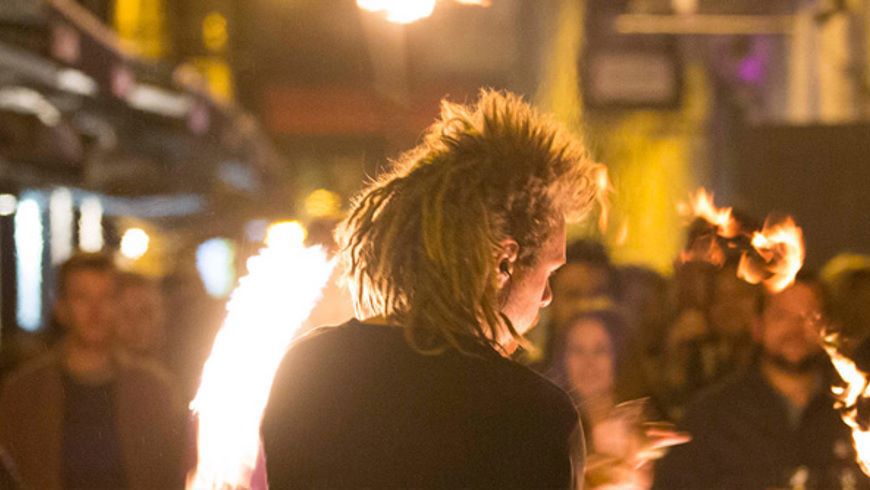Road Safety
Cork Road Safety Plan
A Road Safety Working Together Group was formed to improve road safety across Cork City & County for all road users.
The Group published the Cork Road Safety Plan 2022 - 2030. The aim of this is to work towards the national target of Vision Zero road deaths by 2050, the plan has input from both Cork local authorities, the Gardaí, TII, HSE, and the fire service.
Safety planSpeed Regulation
The Government’s Road Safety Strategy 2021–2030 has the primary aim of reducing the number of deaths and serious injuries on Irish roads by 50% by 2030.
Countries across Europe including France and the UK have lowered speed limits on certain road types in recent years. Subsequent research has indicated that reducing speed limits contributed to a 10% reduction in road fatalities in France and contributed to a reduction in insurance costs in the UK.
It is an offence to exceed the stated limit. Enforcement is a matter for An Garda Síochána.
The Cork City Bye-Laws detail the speed limits within Cork City and the Department of Transport gives further information on speed limits.
Speed Limit Appeals
The Speed Limit Appeals Procedure is a process whereby a member of the public can object to and appeal an existing speed limit contained within a Local Authority’s current Special Speed Limit Bye-laws.
This procedure is intended to facilitate a legitimate query that a member of the public or interested party may have regarding a particular speed limit.
To submit an appeal within the Cork City Council boundary download the speed limit appeal form, complete the required details and submit by email to speedlimitappeals@corkcity.ie
PLEASE NOTE:
This procedure is NOT a mechanism for appealing penalties issued for speeding offences and any applications received through this process relating to same will not be processed and will not be acknowledged.
Driver feedback signs are electronic signs that can display speed limits or warnings to passing motorists. They are used to encourage drivers to adjust their speed to comply with the displayed speed limit which suits the road conditions and environment.
These signs are used at locations where there is a perception of speeding or a history of collisions. Cork City Council manages the installation and maintenance of over 100 driver feedback signs throughout the city.
The guidelines for setting and managing speed limits state that for locations where the speed limit is being exceeded, these signs are most effective for the first few weeks after installation. Therefore, the driver feedback signs are rotated across a number of sites as new locations are assessed.
Current guidelines recommend that signs will only be placed on roads with a distributor function that are not suitable for consideration for the 30kph reduced speed limit.
Road Safety Improvement Measures
These measures are engineering projects that are designed and constructed to introduce some physical measures to the existing road network in order to improve road safety and mitigate hazards to vehicle users, pedestrians and cyclists where there is a history of collisions. They are dependant of funding from the Department of Transport.
As part of the design process, existing street lighting, footpaths and road surfaces are assessed and considered for improvement/repairs as required.
Typically, these are low cost, localised projects with the overall objective of resolving a "treatable" collision problem, aiming to achieve a minimum 30% - 40% reduction in collisions
Examples of the type of infrastructure used in these schemes are:
- Traffic calming/road realignment: Installation of physical measures such as speed humps, speed cushions, raised crossings, chicanes, road narrowing, buildouts (kerb extensions- these can also create space for planting or street furniture) and bollards.
- Improved signage and road markings: Providing clear and consistent information to road users by realignment of road markings to improve sightlines, renewal of faded road markings, installation of new signs etc.
- Controlled/Un-controlled pedestrian crossings: such as signalised crossings (pelican/puffin/toucan), zebra crossings, raised tables and tactile paving.
Safe Routes to School
The programme promotes safe travel to schools, it is funded by the Department of Transport, is coordinated by An Taisce, in partnership with the National Transport Authority (NTA) and local authorities.
The Safe Routes to School website gives details of the schools that were selected by An Taisce, and further information on the programme.
Cycle Safety
- Ride decisively and keep clear of the kerb.
- Look and signal to show drivers what you plan to do, make eye contact where possible.
- Avoid riding up the inside of vehicles, as you might not be seen. If a vehicle is indicating to the left hang back at the junction to reduce the risk of a collision.
- When exiting a bicycle lane check for oncoming traffic.
- Be aware of the opening of car doors, and any other potential dangers ahead of you.
- Always use lights after dark or when visibility is poor. Wear high-visibility and reflective clothing and accessories at all times
- Wear a correctly fitted cycle helmet that is securely fastened and conforms to current regulations.
- Where possible, try to maintain social distancing when you cycle, for example when waiting at crossings and traffic lights.
- In shared areas be mindful of other users like pedestrians.
- Where using bike share bikes wash your hands for at least 20 seconds or sanitise your hands before and after cycling.
- For additional bicycle safety advice please click on the link
- If driving, you should anticipate more cyclists than usual, especially at peak times of the day.
- Look out for cyclists. Make eye contact where possible to show you have seen them. Use your indicators to signal intentions and look out for their signals.
- Give cyclists plenty of space when overtaking them.
- Drivers and passenger use your mirrors to check for oncoming traffic.
- Don't park in bicycle lanes.
- Always check for cyclists when opening your car door, pulling out at a junction, or when doing a manoeuvre.
- Advanced stop lines at lights allow vulnerable road users (e.g. cyclists, motorcyclists) to get to the front and increase their visibility. You must stop at the first white line reached if the lights are amber or red. When the green signal shows allow the other road user time and space to move off.
- Allow other road users to maintain social distance, where possible. For example, give cyclists space at traffic lights

Vehicle Safety Checks
You and your journey
- Make sure you are well-rested and are not under the influence of alcohol or drugs.
- Plan your route before leaving, and identify opportunities for you to take a break if necessary during your journey. If you make a stop, you should continue to follow covid-19 secure guidance and limit contact time with others.
- Check your tyres to ensure that they are not worn or damaged and are at the correct tyre pressure
- Ensure that oil levels to ensure the smooth running of your vehicle
- Also, check water levels, always keep your screen wash topped up so you can clear any debris or dirt off your windscreen.
- Your lights are not only essential for you, they are also essential for other drivers to understand how you are driving your vehicle and how you intend to manoeuvre.
- Electric Vehicle Charging Strategy
- Road Closures and Diversions
- Sustainable Transport Schemes
- Public Transport Improvements
- Public Lighting
- TFI Bikes
- Road Safety
- Winter Maintenance
- Licences and Forms
- Consultation
- Parking Fine Payment System
- Roads & Traffic Management Boundary FAQs
- Bye-Laws
- Pedestrianisation



